Microsoft Build 2025: Grok on Azure, GitHub’s AI agent, new consumer AI tools, and Palestine protest rock keynote
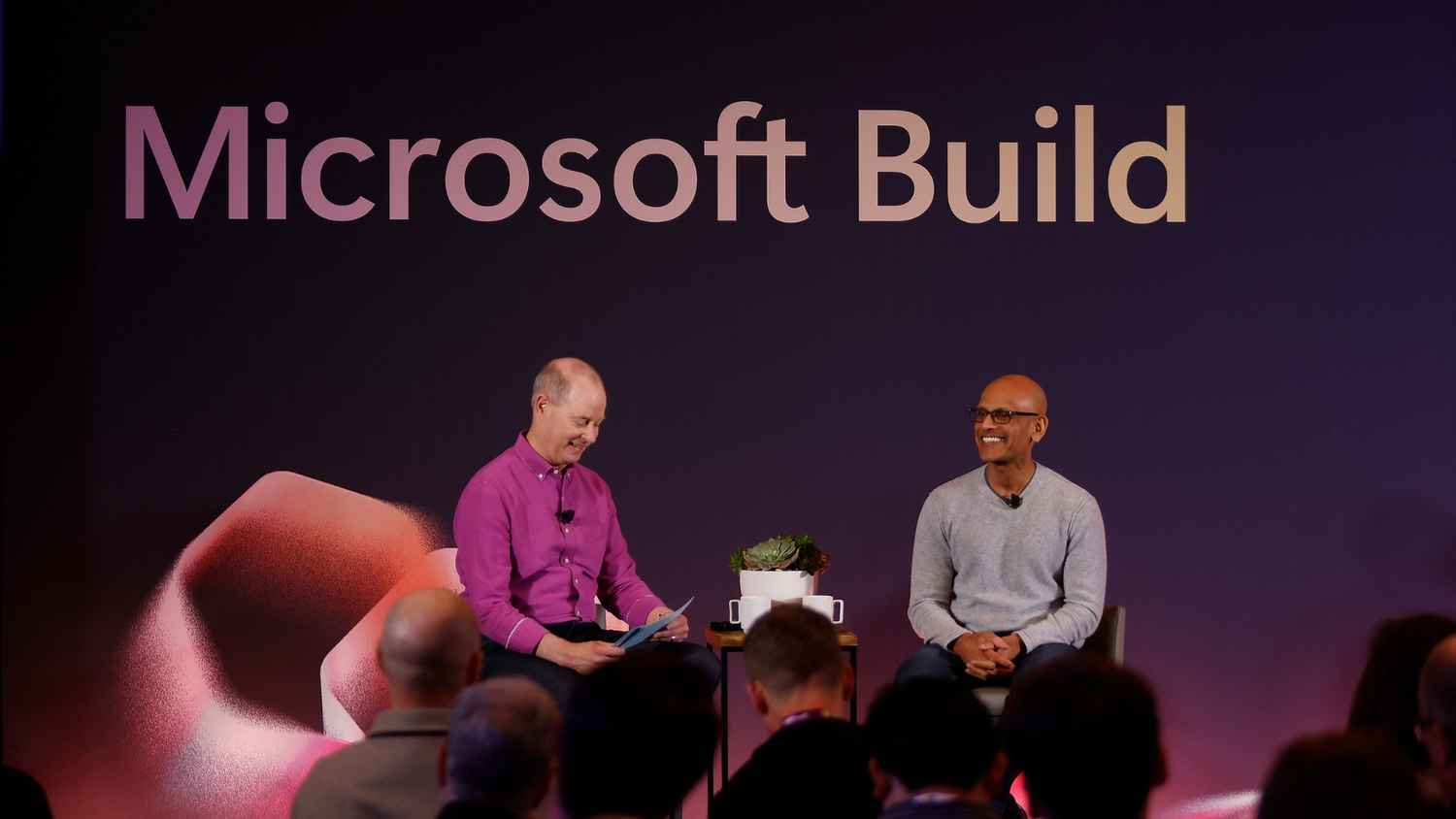
Microsoft’s annual Build developer conference kicked off this week in Seattle with a flurry of announcements that promise to transform how everyday users interact with AI, from smarter Microsoft 365 tools to AI-powered browsers. But amid the applause for Copilot updates and AI integration, an employee protest during CEO Satya Nadella’s keynote also shook the event.
 Survey
SurveyMicrosoft 365 Gets AI-Driven Enhancements Across Word, Excel, Outlook and Teams
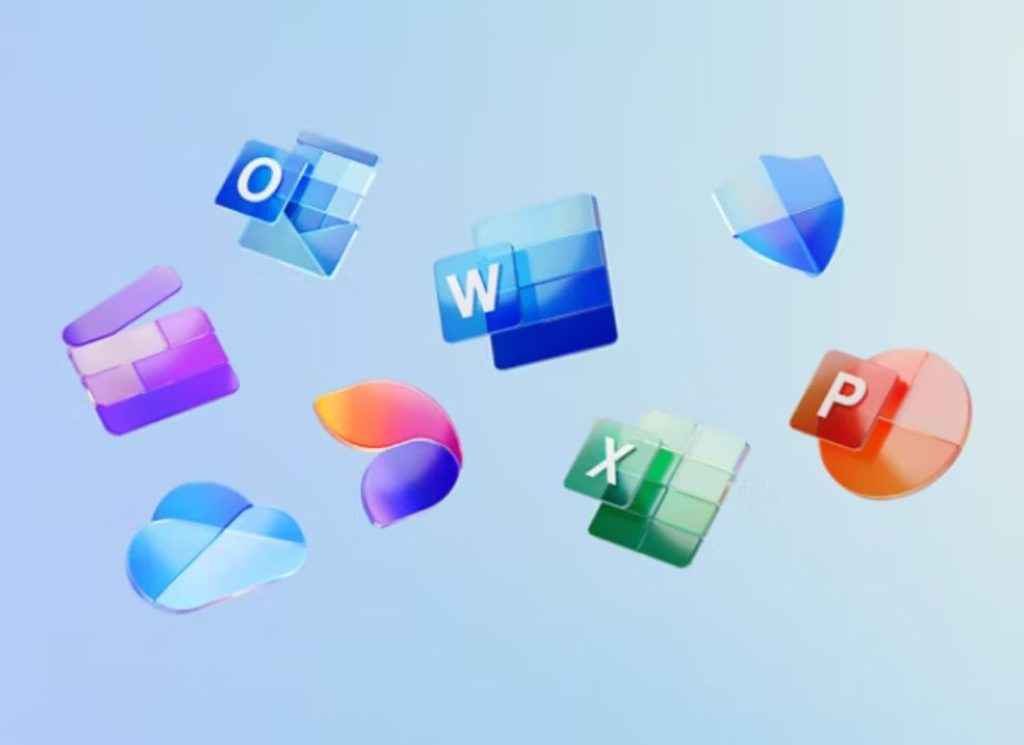
For consumers, the most exciting part of Build 2025 isn’t the developer jargon, it’s how AI is becoming more accessible, personal, and useful in your daily digital life. Microsoft unveiled Copilot updates across Word, Excel, Outlook, and Teams, powered by the latest GPT-4o and Microsoft’s own MAI models.
These AI agents can now read your OneDrive files, emails, and even web articles to assist you in drafting smarter replies, summarising lengthy documents, and suggesting meeting schedules. In Teams and Excel, they support real-time collaboration, allowing users to co-author Power Apps and streamline routine tasks with context-aware assistance.
Essentially, think of Copilot now as a digital coworker who knows your habits and can handle repetitive work, sometimes even before you ask.
Also read: Microsoft needs to listen to HP to improve handheld gaming
Microsoft Edge to Support On-Device AI Models for Web Apps
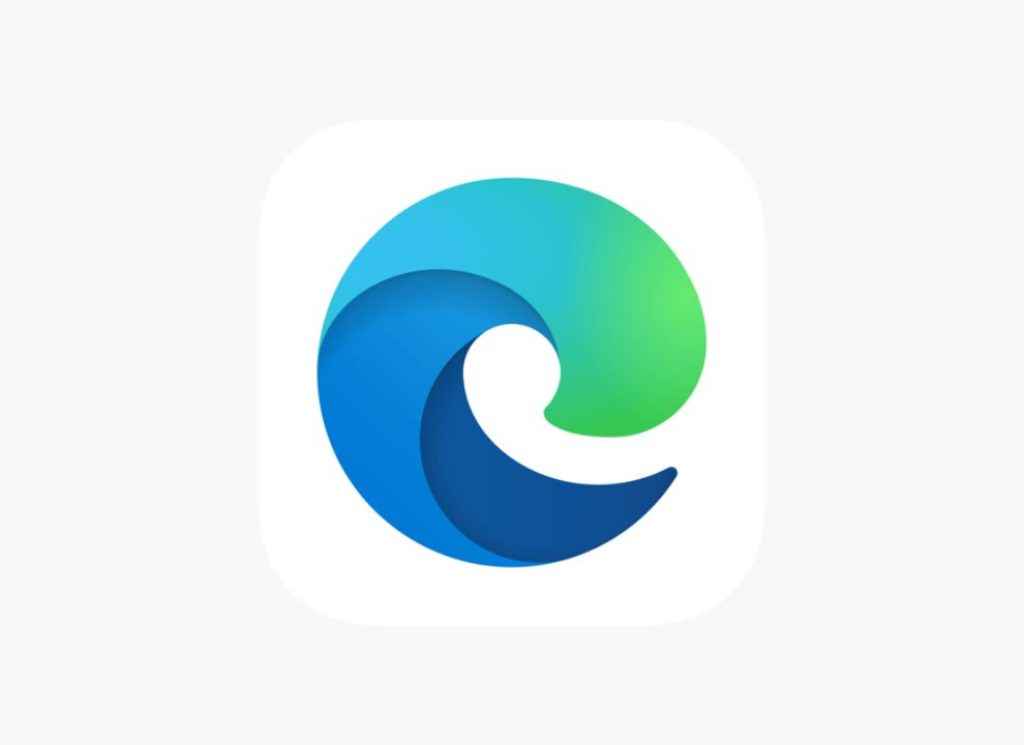
Microsoft also announced that its lightweight on-device AI models, like Phi-4-mini, will soon be available for web developers to use in Microsoft Edge, including on macOS. This development means websites can offer real-time writing assistance, provide summarisation and translation tools, and deliver more interactive user experiences with fewer performance or privacy trade-offs.
A particularly useful feature is the upcoming ability to translate entire PDFs into over 70 languages with a single click, directly within the browser. This eliminates the need for third-party services. So, farewell to any startups working on this. Regardless, it offers users a seamless experience without the hassle of copy-pasting content between platforms.
And in a bold move to decentralise AI, Microsoft introduced NLWeb, a new open protocol that allows every website to run its own AI search system. This is a direct challenge to platforms like ChatGPT and Claude, and a win for consumers who want relevant, site-specific answers, not generic chatbot summaries.
Windows Adds Model Context Protocol and Launches AI Foundry
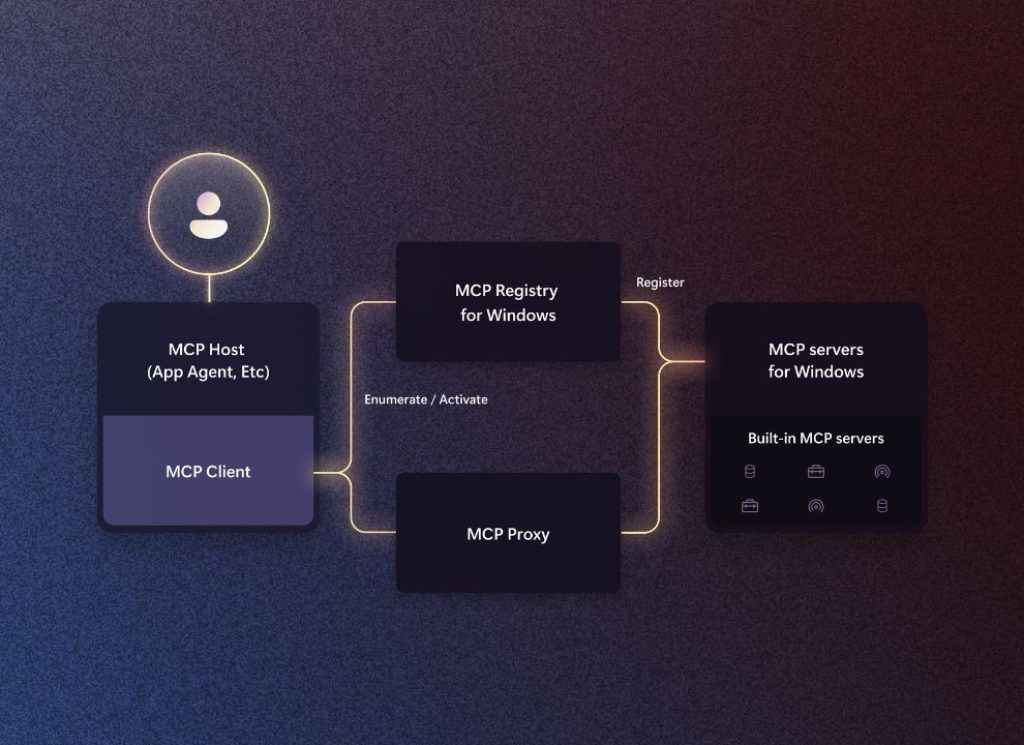
With the launch of Windows AI Foundry and native support for the Model Context Protocol (MCP), Windows is now equipped to handle AI apps the way USB-C handles hardware: universally. Whether it’s a health app, a finance tracker, or a browser plugin, AI agents can now interact with other apps and services effortlessly, even across devices.
It also means those fancy new Copilot+ PCs might finally justify their NPU hype. With on-device processing, they can run AI features offline, giving you faster responses and tighter privacy. Tasks like article summarisation, photo enhancement, and smart suggestions now happen right on your machine, no cloud involved.
Microsoft also announced that the Windows Subsystem for Linux (WSL) is now open-source. meaning developers can now tweak or extend the underlying codebase to better suit their specific workflows. This opens up real-world use cases like building more efficient Linux-based dev environments on Windows machines.
It also means faster bug fixes, experimental features from the community, and deeper integration possibilities for teams working across both Linux and Windows stacks.
Also read: Flipkart’s AI Vision: Sandhya Kapoor on Building an Intelligent, Trustworthy, and Inclusive E-
GitHub Copilot Introduces Autonomous Coding Agent
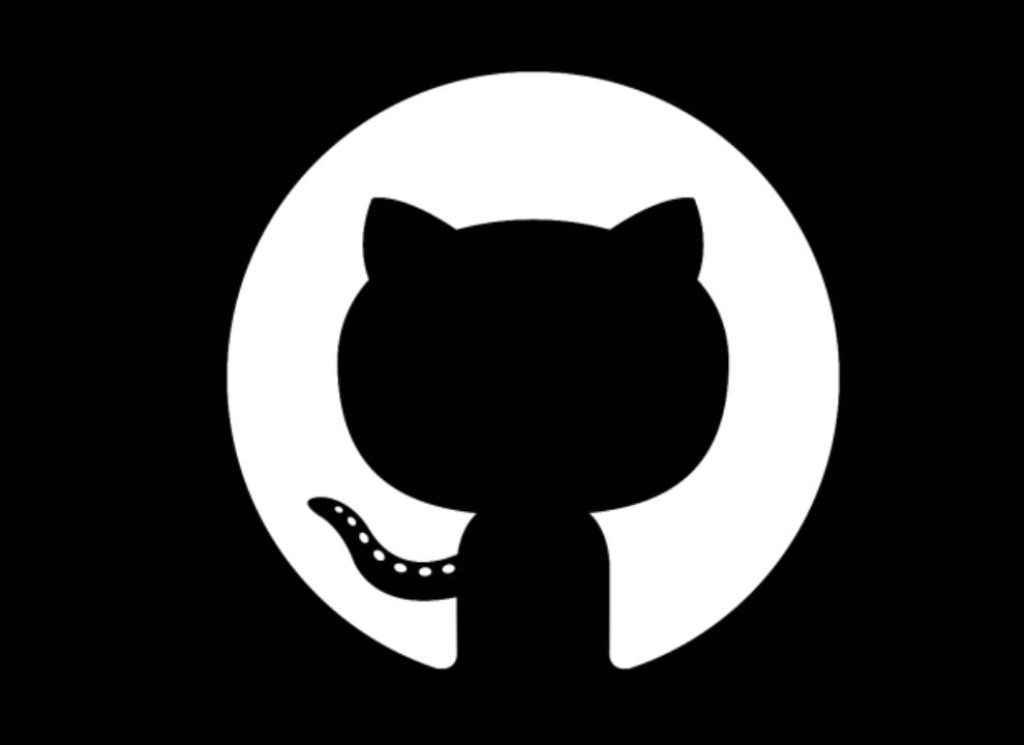
Even if you’re not a developer, GitHub’s new AI agent is a peek into the future of work. This agent can independently fix bugs, add features, boot virtual machines, analyse codebases, log its own actions and reasoning and a lot more. It works as part of GitHub Copilot and activates when a user assigns it a task.
What makes this agent remarkable is its ability to handle tasks without direct supervision while still keeping developers in the loop. It saves its changes as it progresses, provides session logs to explain its decisions, and even tags developers for review. This kind of automation could transform coding into a more collaborative and efficient process where AI becomes a reliable programming partner.
Microsoft Azure to Host xAI’s Grok 3 and Grok 3 Mini Models

Perhaps one of the more controversial tech partnerships is Microsoft’s announcement that Elon Musk’s Grok 3 and Grok 3 Mini models from xAI are now hosted on Azure. These models, known for their “edgy” and unfiltered nature, will be available to enterprise users under stricter Microsoft-style service-level agreements.
According to Microsoft, Grok models will be tightly governed, with enhanced data controls, billing mechanisms, and direct availability via the Azure AI Foundry. The move also signals Microsoft’s broader strategy of diversifying its AI partnerships, moving beyond OpenAI and integrating models from Meta, Anthropic, DeepSeek, and now xAI.
A Protest That Broke the Build Buzz
Just as Satya Nadella began his keynote, a Microsoft employee — Joe Lopez, a firmware engineer with Azure, interrupted the session, shouting “Free Palestine!” and calling attention to Microsoft’s cloud contracts with the Israeli government.
Lopez, part of the activist group No Azure for Apartheid, later sent an emotional email to thousands of Microsoft employees, criticising the company’s internal review of its involvement in Gaza. He accused leadership of denying reality and described his internal struggle working for a company he believed was complicit in violence through its technology.
“Every byte of data stored on the cloud… can and will be used as justification to level cities and exterminate Palestinians,” Lopez wrote.
Microsoft recently stated that it found no evidence its Azure or AI services have been used to harm civilians, following an external review. However, activists argue that Microsoft’s inability to monitor how its tools are being used, especially by clients like Israel’s Ministry of Defense, is not a valid excuse, but the core of the problem itself.
This is not the first protest to hit Microsoft. Just weeks earlier, two former employees interrupted the company’s 50th anniversary celebration, calling out AI CEO Mustafa Suleyman and co-founder Bill Gates over similar concerns.
Tech, Ethics, and the Age of AI
The Build 2025 event paints a tale of two Microsofts: A company pioneering the future of AI, empowering consumers with smarter tools, more privacy, and less cloud dependence. And another company under fire for its ethical choices, as employees and activists demand accountability for how those tools are used, especially in conflict zones.
Rounding it up
If you use Microsoft products, whether Word, Teams, Edge, or a Windows laptop, you’re getting smarter and faster tools starting this year. Everything from writing emails to searching the web will be powered by AI that understands your context, runs locally, and, in theory, respects your privacy.
The events at Build 2025 highlighted how rapid advancements in AI are accompanied by complex ethical discussions. Technologies designed for productivity and efficiency can have broader implications depending on how they’re deployed. As demonstrated by the on-stage protest, conversations around AI are no longer limited to capability, they now increasingly involve questions of accountability and responsible use.
Also read: HP’s AI Revolution: Vineet Gehani on the Future of Smarter, Secure, and Sustainable Computing
Yetnesh Dubey
Yetnesh works as a reviewer with Digit and likes to write about stuff related to hardware. He is also an auto nut and in an alternate reality works as a trucker delivering large boiling equipment across Europe. View Full Profile